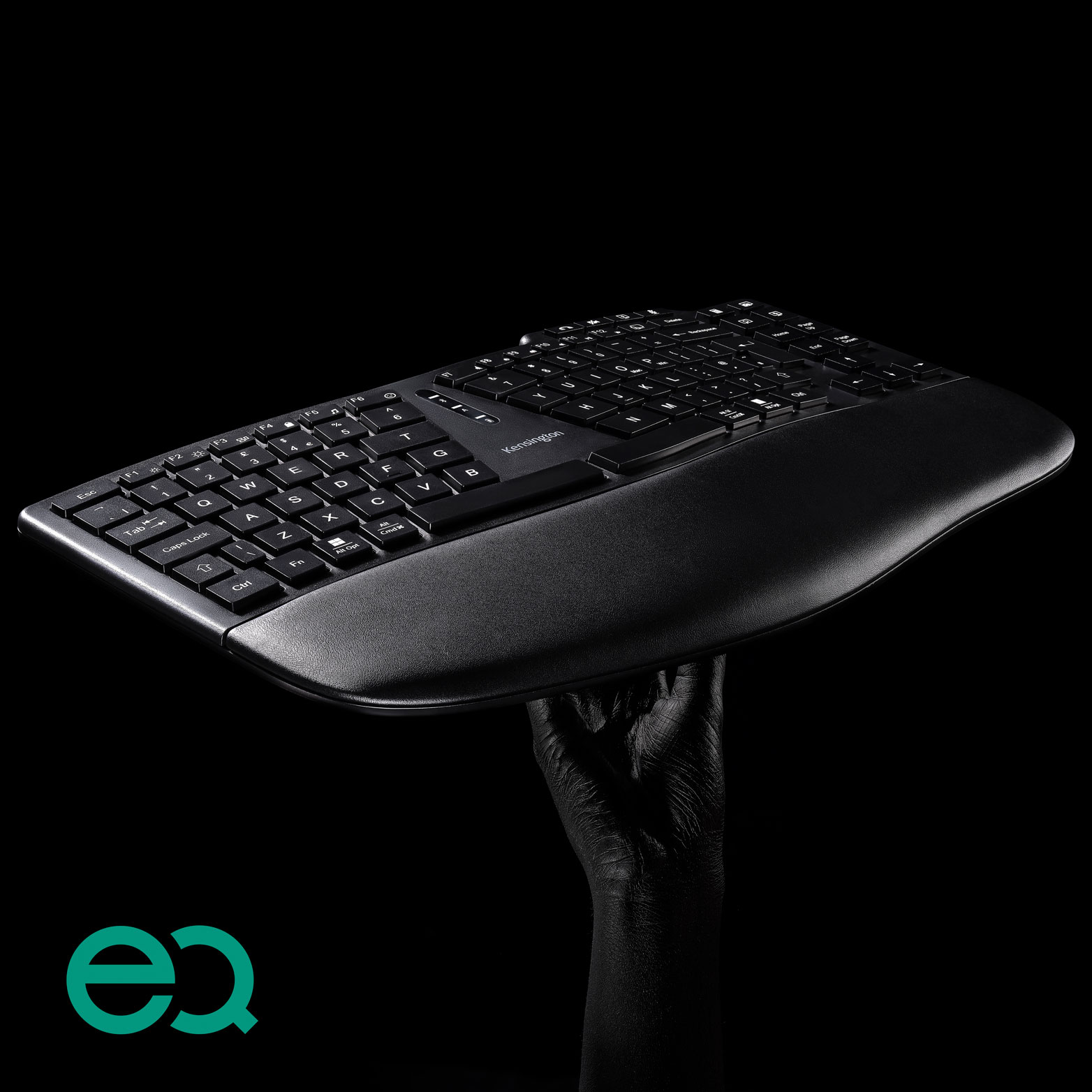
You may have heard more companies talk about sustainability recently. And there are some good reasons why. Availability of sustainable packaging options has increased in recent years, the cost of those options has decreased, and companies can now measure a return on this investment — from purchase decision to brand loyalty. And most importantly, because it’s the right thing to do to protect and preserve our planet.
What you might not have heard as much about, however, are some of the fascinating innovations in sustainable packaging. This article takes a closer look at some of those innovations.
Sustainable packaging — a growing industry.
Plant-based packaging has been steadily gaining momentum. From corn and potato starch-based bioplastics that are easily composted and safe for aquatic animals to eat, to plantable packaging that contains seeds in the packaging pulp, meant to be planted and enjoyed by the consumer. Below, we’ll touch on a couple more plant-based packaging innovations.
There’s a fungus among us.
Mushroom-based packaging is real. In just seven days, a mold (no pun intended) of the desired package is grown from hemp hurds and mycelium (the vegetative portion of a fungus). According to Evocative Design, maker of Mushroom® Packaging, the product is a “high-performing packaging solution, cost competitive, thermally insulating, and water resistant.” Once added to soil, the product composts in 30 days. Companies such as Ikea and Dell are utilizing this technology.
Grows like grass, because it is.
With a higher compressive strength than concrete, and a higher tensile strength than steel, bamboo is a strong alternative to plastic or wood-based packaging. Bamboo grows in nearly every part of the world, is easy to grow, grows exceptionally fast, and biodegrades. What’s more, a bamboo forest produces more than 35% more oxygen than trees. Companies using bamboo packaging include KFC Canada and Dell.
Rethinking packaging.
The material used in packaging is certainly a large factor in sustainable packaging. But it’s not the only factor. Redesigning the package itself to be more efficient can reduce the amount of materials used and allow more items to be shipped per palette, thus reducing transport/fuel use and costs. Some packaging is self-shipping, eliminating the need for an additional box, wrapper, etc. Procter & Gamble’s Tide laundry detergent switched from bottles to boxes (called Tide Eco-Box). The Tide Eco-Box requires approximately 60% less plastic and 30% less water than the comparable bottle version. The Tide Eco-Box is also four pounds lighter, ships in its own container, and then transforms into a detergent dispenser.
World Centric’s Pizza Round packaging is a plant-based compostable pizza container (made from sugar cane and bamboo) that reduces waste, space, and labor, since the containers don’t need to be folded by hand like traditional pizza boxes.
You can even eat the dishes.
From water bottles to burger wrappers to ketchup packets, edible packaging has evolved beyond the ice cream cone. And while the practical application of edible packaging may be limited (for health reasons, it seems to be best suited for individually wrapped items within a larger non-edible container), it certainly has exciting potential. Take, for example, the 2020 London Marathon, where gloved volunteers gave runners seaweed-based edible sports drink pods, replacing thousands of cups. If runners chose to drink the contents and spit out the film holding the liquid, it biodegraded in 4–6 weeks.
Play it again, Sam.
Though it’s not a new concept, reusable packaging is gaining popularity. While we’re familiar with reusable shopping bags and glass milk bottles, Loop has created an entire business model on sustainable shopping with “the products you love delivered in zero-waste packaging that is cleaned and refilled to be reused, again and again.” Other examples of reusable packaging include RePack reusable mail bags to combat the waste created by single-use shipping packaging, and Coca-Cola, offering the Brazilian market the first returnable packaging (for a juice brand).
Sustainability. It’s what consumers want.
In a survey conducted by CGS of more than 1,000 consumers, more than two-thirds said they “consider sustainability when making a purchase and are willing to pay more for sustainable products.” The survey also concluded that 28% of what makes consumers loyal to a brand are its sustainable/ethical business practices.
At Kensington, we’re exploring every sustainable packaging option currently available to us, with a goal of 99% recyclable packaging across our entire product line by the end of 2021. And we don’t want to stop there. We’re looking at sustainability company-wide — from raw materials, to products and services, to supply chain, and more — so that we can do our part to help leave a verdant, healthy planet for future generations. We invite you to read more about and follow our sustainability efforts, and look out for more blog posts on the subject.
